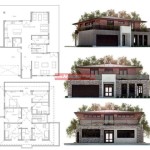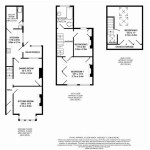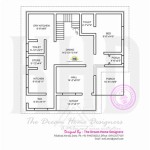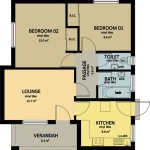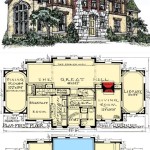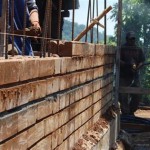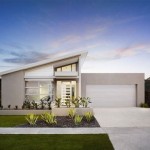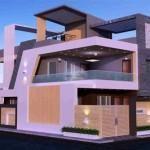Essential Aspects of House Plans Zimbabwe
Zimbabwe's growing population and evolving lifestyle needs have fueled a surge in the demand for well-designed house plans. Whether you're a first-time homebuyer or planning to build your dream home, understanding the key aspects of house plans is crucial. Here's a comprehensive guide to guide you through the essential elements of house plans in Zimbabwe:
1. Site Analysis and Land Size
The first step in designing a house plan is to conduct a thorough site analysis. This involves evaluating the size and shape of the land, soil conditions, topography, and any existing vegetation or structures. The land size determines the overall footprint and layout of the house.
2. Room Layout and Function
The layout of your house should reflect your lifestyle and functional needs. Consider the number of bedrooms and bathrooms, the size and placement of the kitchen, living room, and other living spaces. A well-designed layout ensures a smooth flow of traffic and creates a comfortable living environment.
3. Architectural Style
The architectural style of your house can range from traditional to modern. Consider the aesthetic appeal and the harmony with the surrounding neighborhood. The style should complement the location and the overall design concept.
4. Building Materials
The choice of building materials has a significant impact on the cost, durability, and sustainability of your house. Common materials used in Zimbabwe include bricks, concrete blocks, and timber. Consider local availability, environmental impact, and maintenance costs.
5. Roof Design
The roof design plays a crucial role in protecting your house from the elements and enhancing its aesthetics. Popular roof types include pitched roofs, flat roofs, and tiled roofs. The choice of roofing material, such as tiles, metal sheets, or thatch, should complement the overall architectural style.
6. Energy Efficiency
Designing an energy-efficient house can significantly reduce your utility bills and environmental impact. Consider incorporating energy-saving features such as proper insulation, double-glazed windows, and solar panels into your house plan.
7. Indoor-Outdoor Flow
Zimbabwe's warm climate allows for seamless indoor-outdoor living. Integrate outdoor spaces, such as patios, decks, or balconies, into your house plan to extend your living areas and create a connection with nature.
8. Budget and Costs
Before finalizing your house plan, determine your budget and consider the costs associated with construction, materials, labor, and permits. Realistic budgeting ensures that your dream home aligns with your financial capabilities.
9. Local Building Regulations
It's essential to adhere to local building regulations and standards. These regulations ensure the safety, structural integrity, and compliance of your house plan. Consult with relevant authorities and professionals to ensure your plan meets all requirements.
10. Professional Assistance
Seeking professional assistance from architects or draftsmen is highly recommended. They can provide expertise, guidance, and ensure your house plan meets the highest quality standards. A professional can also assist with budgeting, site analysis, and ensure the plan aligns with your specific needs and preferences.
By carefully considering these essential aspects, you can create a house plan that meets your functional needs, reflects your architectural vision, and ensures a comfortable and sustainable living environment in Zimbabwe.

House Plans Zimbabwe Building Architectural Services Free

House Plans Zimbabwe Building Architectural Services Modern Free

House Plans Zimbabwe

Zimbabwe House Plans Designs Floor By Maramani

House Plans Zimbabwe Cottage Mainhouse Palmer Construction

Home Zim Homes

2 Bedroom Cottage Plans English House Zimbabwe For Cottages In Small Floor Design

5 Bedroom Medium Density House Plan Garage Palmer Construction Zimbabwe

Three Bedroom House Plan Zimbabwe Designs

House Plan Drawing And Approval Zimbabwe Esaja Com For N Business

